Wild Survival Skills
Wild Survival Skills:
- Finding and Collecting Water
- Wildfire
Finding and Collecting Water
Life is inseparable from water. A normal person can live for three weeks without food, but three days without water, so water should be given priority. Here are a few tips to help you quickly find or collect water in the wild.- The first place to look for water sources is the bottom of the valley. To find water in the high mountains, you should look for it along the cracks in the rocks.
- In the gravel area of the bed, springs are often dug.
- On the coast, a pit should be dug above the highest waterline, and there will likely be a layer of sedimentation water about 5 cm thick floating on the denser seawater layer.
- When drinking the water in the stagnant water, it must be disinfected and precipitated first, and then boiled for drinking.
- Collect rainwater: Dig a hole in the ground, lay a layer of plastic, and surround it with clay, which can effectively collect rainwater.
- Condensed water: Put a plastic bag on a twig with thick leaves, and the transpiration of the leaves will produce condensed water.
- Follow animal, bird, insect, or human trails to find water sources.
- Water from plants: There is often the water in the internodes of hollow plants such as bamboo, vines often have drinkable sap, and the fruits and stems of palms and cacti are rich in water.
- Solar stills: In arid desert areas, the following methods can be used to collect water well: dig a pit about 90 cm wide and 45 cm deep in relatively wet ground, place a water collector in the center of the bottom of the pit, A piece of plastic film that is drawn into an arc is hung on the surface. The light energy increases the temperature of the moist soil and air in the pit, and the evaporation produces water vapor. The water vapor contacts the plastic film and condenses to form water droplets, which slide down into the vessel.
Wild Survival Skills: Wildfire
What can fire do? Cook food. bingo!
It also has many uses: the fire releases heat to generate warmth, which saves heat loss from the body; it can dry clothes; smoked meat can be kept fresh for a longer time; it can scare away dangerous beasts; its smoke can drive away pests and also You can smelt metal to make tools... It's amazing, I will teach you a few tricks so that you can learn how to make a fire in the wild.
The first is to look for flammable firestarters: such as dry grass, dry leaves, birch bark, pine needles, turpentine, twigs, paper, cotton, etc.
The second is to pick up dry wood: dry wood should be selected from dry, non-rotten tree trunks or branches. As far as possible, choose hardwoods such as pine, oak, oak, birch, locust, mountain cherry, mountain apricot, etc., which have a long burning time, a large fire, and a lot of charcoal. The firewood close to the ground has high humidity, is not easy to burn, and is smoky.
The next step is to clear an open space that is sheltered from the wind, flat, and away from dry grass and dry wood. Place the kindling in the middle, lightly place thin pine branches, thin dry wood, etc. on it, then set up a larger and longer firewood, and then light the kindling. The setting of the fire should be adapted to local conditions.
You can also use the stones to support the dry wood or under the rock wall, lean the dry wood against the rock wall, place the lead character below and light it. Under normal circumstances, dig a pit with a diameter of about 1 meter and a depth of about 30 cm in a sheltered place. If the ground is too hard to dig a hole, you can also find some rocks to form a circle.
The size of the circle depends on the size of the fire. Then put the lead figure in the middle of the circle, put some dry wood on it, and light the lead figure to ignite the dry wood to form a bonfire. If the dry wood has not been ignited when the kindling is about to burn out, you should continue to add kindling from the gap of the dry wood until the dry wood is burned, instead of re-igniting the firewood.
Finally, it is best to light a bonfire near the water or prepare some mud, sand, moss, etc. beside the bonfire for timely extinguishing.
Find the right way
The skills to find the correct route must be accumulated through the usual field activities. For example: usually develop the habit of referring to the map and compass at any time, and at the same time actively observe the surrounding terrain and the plants around to judge the correct position.
The sun rises in the east and sets in the west. This is the most basic way to identify the direction. It can also be measured by the shadowing method of a wooden stick. When the sun is enough to form a shadow, a straight stick (above 1 meter) is erected on the flat ground, and a stone (or other marks) is placed on the top of the shadow of the wooden stick. The shadow moves with the movement of the sun.
After 30-60 minutes, place another stone on top of the stick's shadow again. Then draw a straight line between the two stones, and in the middle of this line draw a straight line that intersects perpendicularly to it. Then step on the first marked point with the left foot and the second marked point with the right foot. At this time, the front of the standing person is due north, the back is due south, the right hand is east, and the left hand is west.
If you get lost on a cloudy day, you can rely on the growth of moss on trees or stones to get your bearings. In terms of trees in the northern hemisphere, the side with the leafiest growth is the south. If the tree is cut, the side with wider rings is wet and the side with moss is the north.
Utilize the constellations: In the northern hemisphere usually target the North Star. The key to using the North Star to identify the direction at night is to accurately find the North Star in the vast sea of stars. There are many ways to know the North Star, here is a simple and effective one:
Start by looking for the dipper-shaped Big Dipper (a). Extend the distance between the two stars on the dipper handle by five times, and you can find the North Star (d) on this line. Generally, the stars on the two handles are called the main point planets. If you can't see the Big Dipper, look for the constellation Cassiopeia (b) in the opposite direction.
The constellation Cassiopeia is formed by five stars that look like the letters M or W leaning toward one side. Draw a straight line from a star in the constellation Cassiopeia, and you'll find the North Star at almost the same distance as the Big Dipper is from the North Star. The direction of the North Star is due north.
Use your watch to find your bearings: You want to know where you are but don't have a compass. If this happens, you can use the watch to find the bearing as long as the sun is there.
Stand the matchstick on the ground, then place the watch horizontally on the ground, overlap the shadow of the matchstick and the shorthand, the direction of the midnight on the surface and the middle of the scale pointed by the shorthand is south, and the opposite side is north.
If you don't have a match, you can also use a twig instead to make the shadow more accurate. When engaging in challenging survival activities, remember to wear a watch, as a regular watch is more valuable than a digital watch.
Because of the hour and minute hands on ordinary watches, it will become an important tool for survival when necessary.
Related Articles:



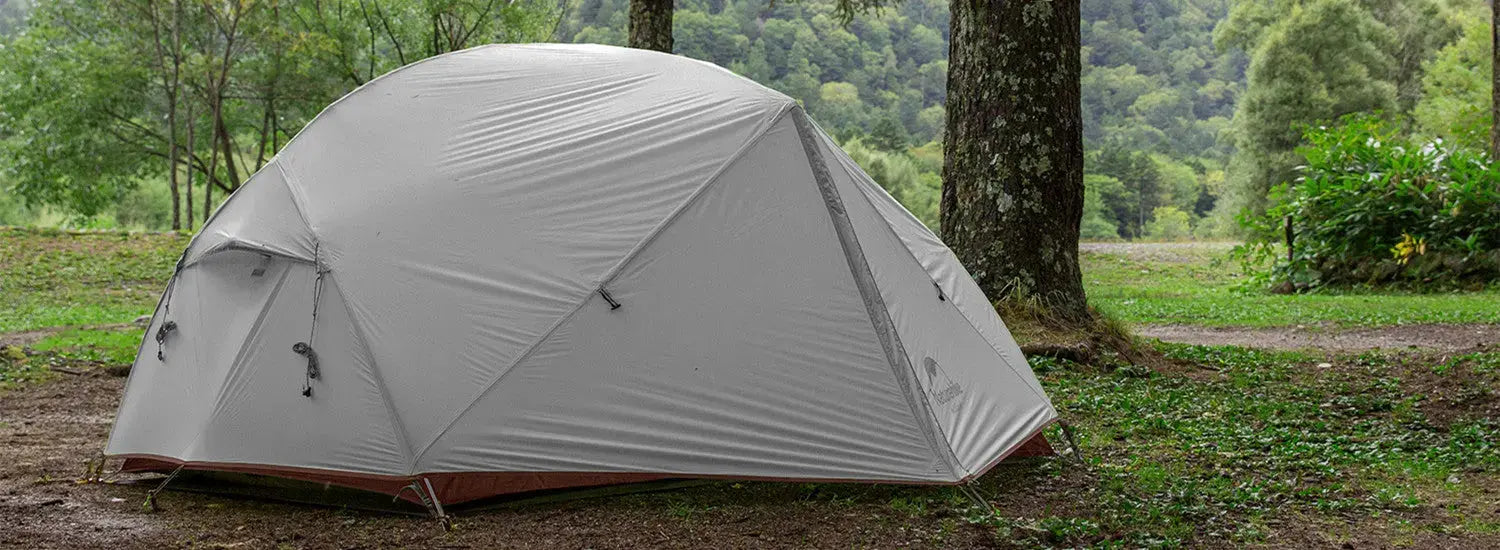
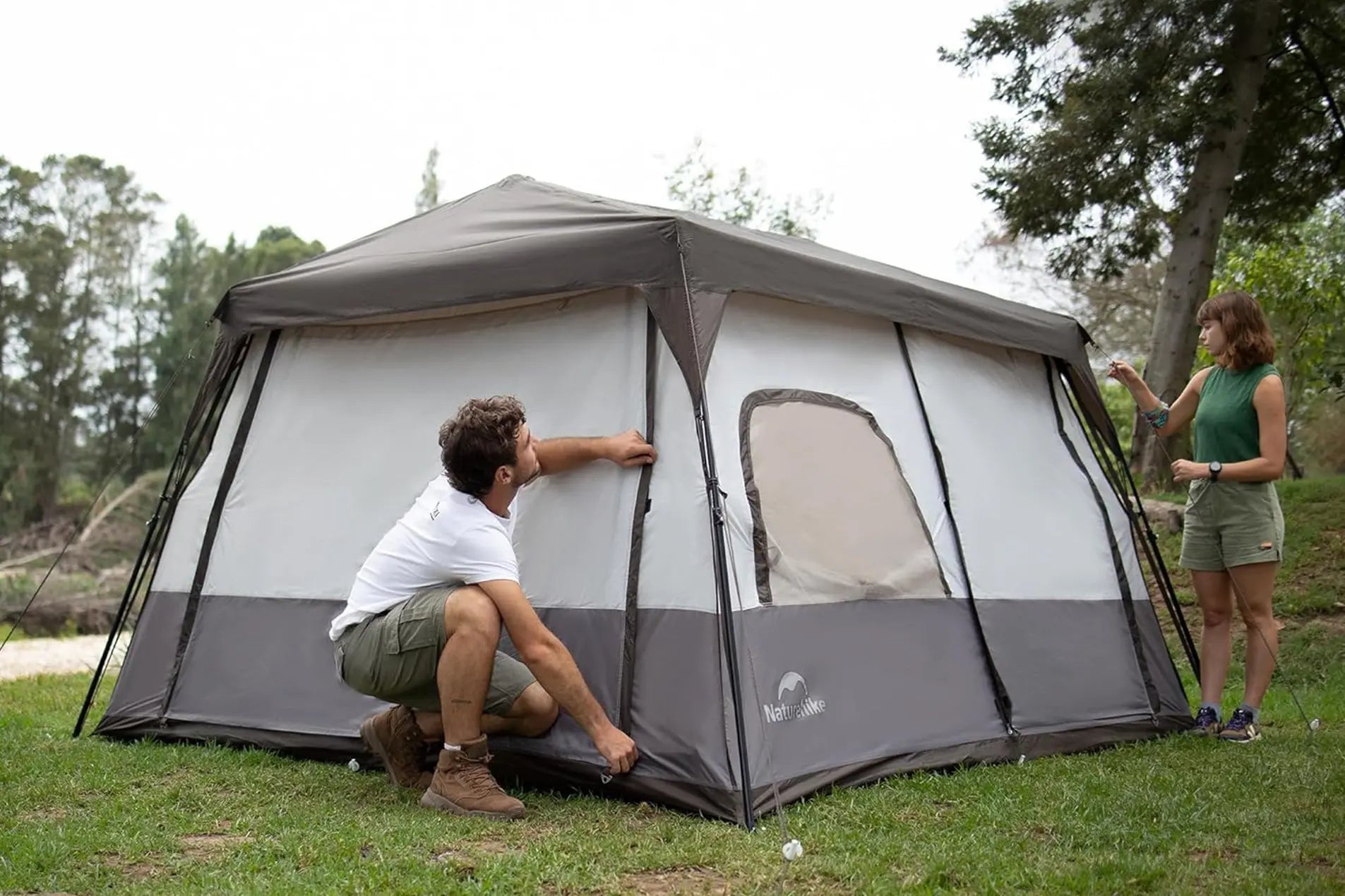
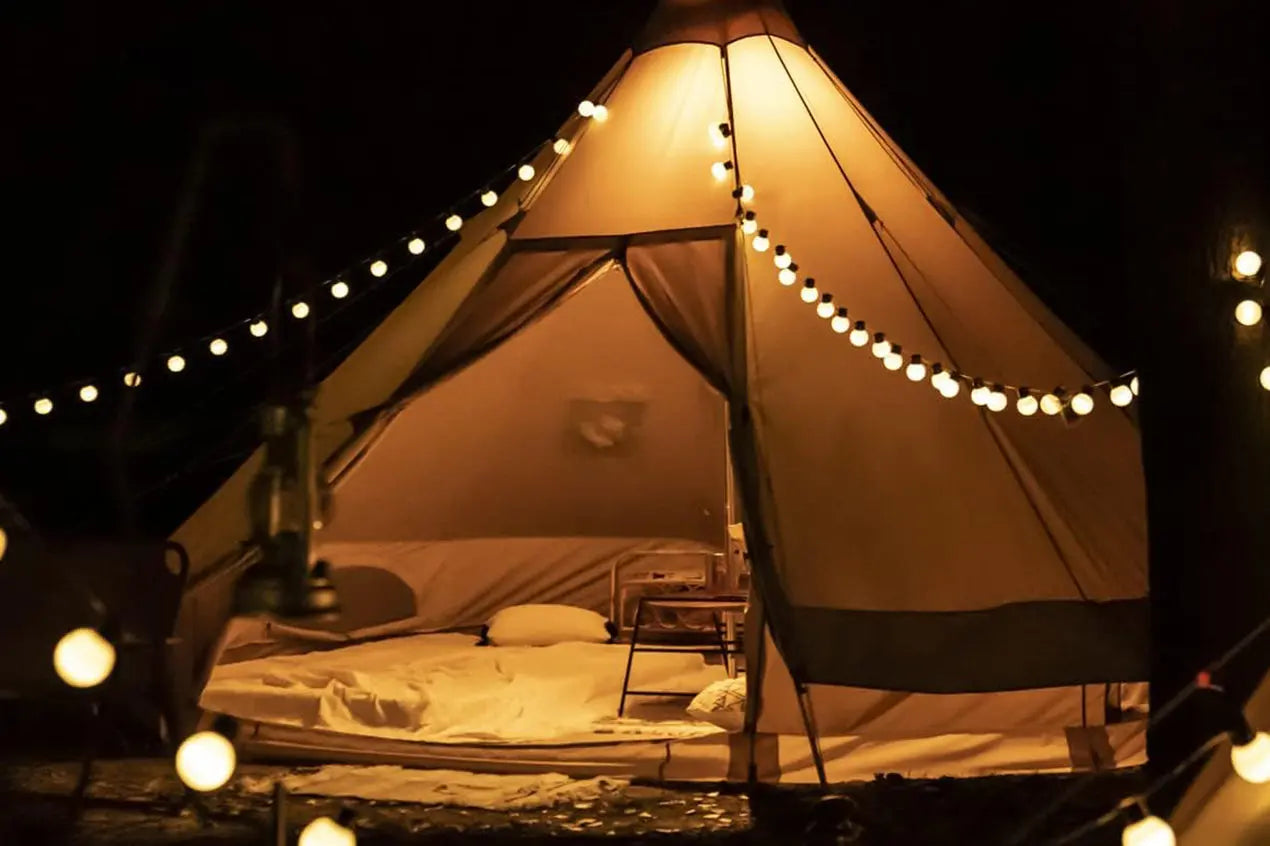
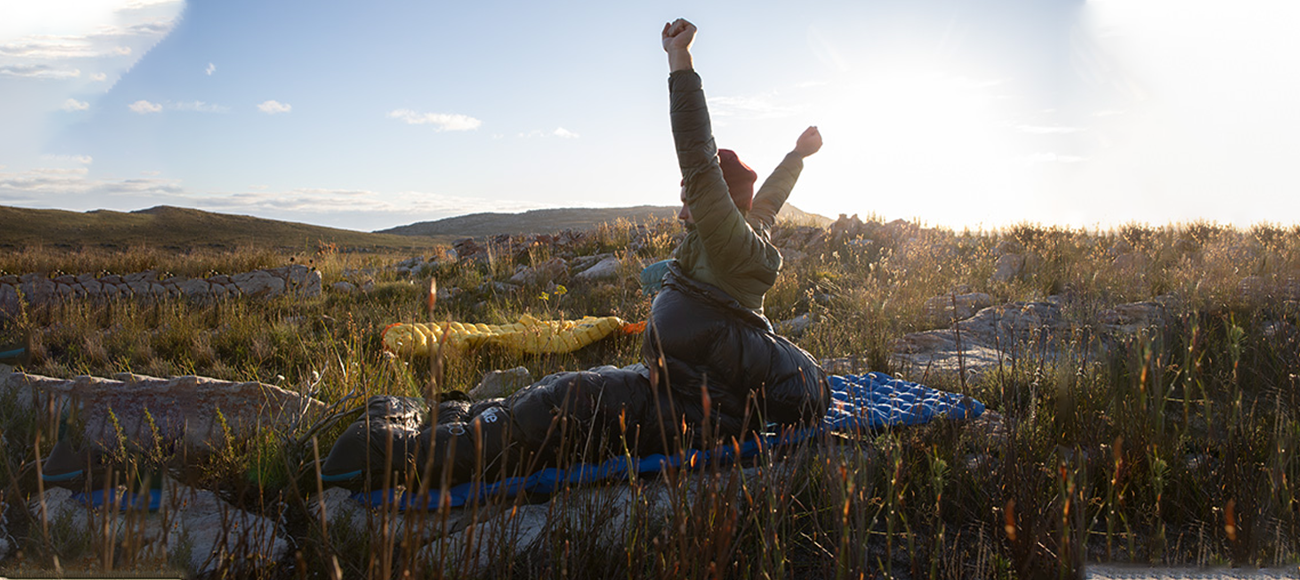

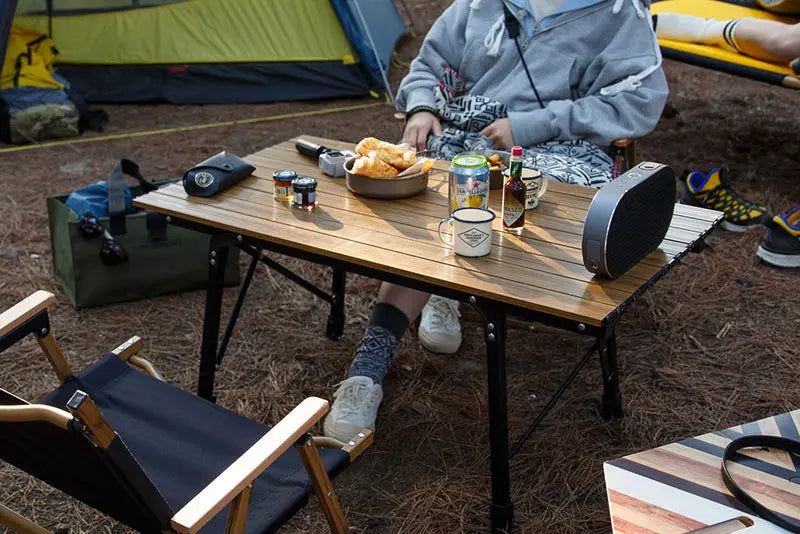

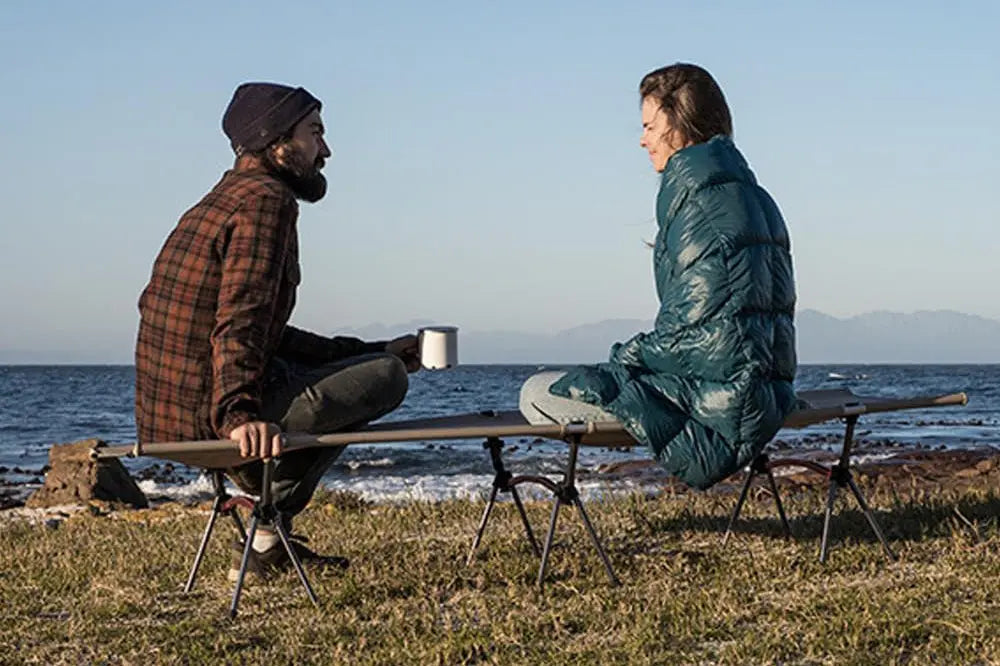
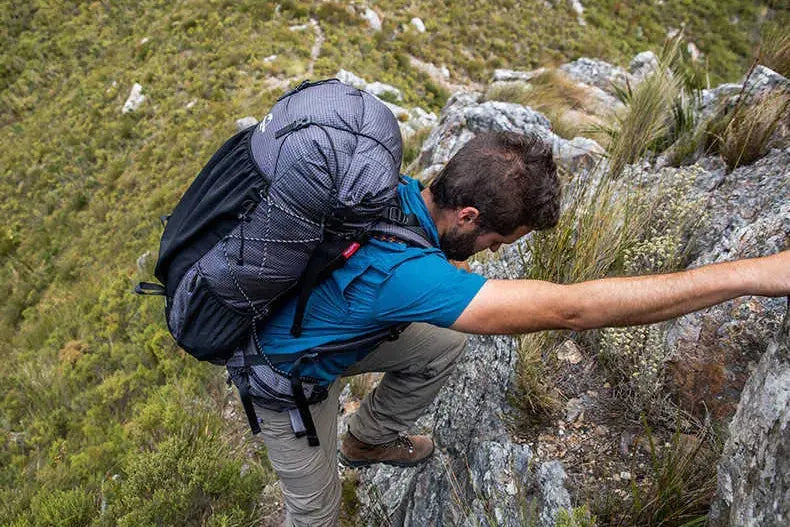


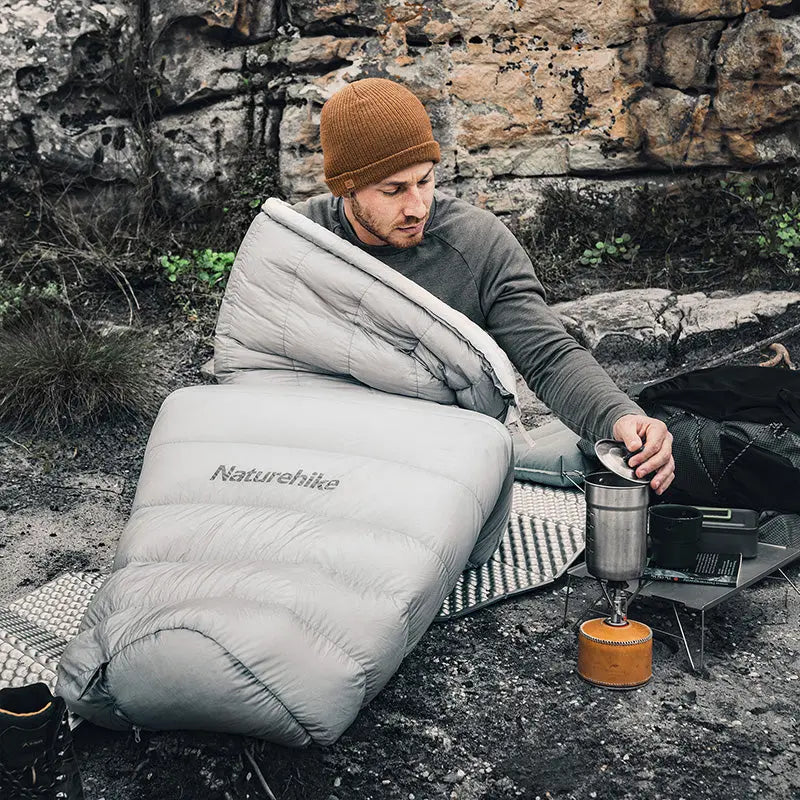

Laissez un commentaire